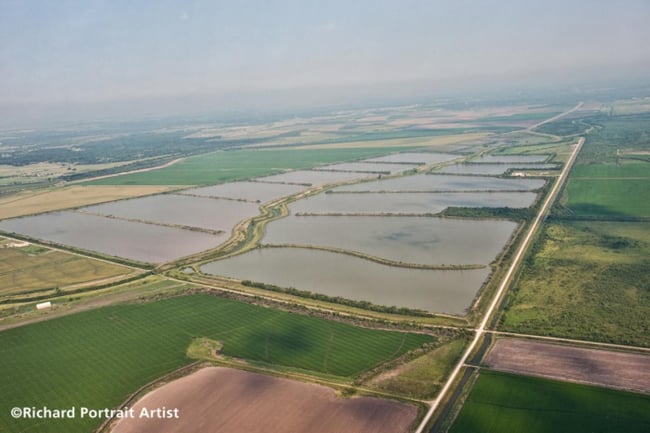Maintaining 300 miles of canals across rural Texas is the job of the Gulf Coast Water Authority (GCWA)’s 14 heavy equipment operators. The 10-hour shifts are long, the work is mostly solitary, and cell service is unreliable. But the job is critical: the canal system, built in the 1930s, require regular dredging to keep the water flowing for 22 Texas communities and major refineries.
Then came a serious close call. An operator fell from his truck while deep in the canal system and broke his back. Hidden in tall grass—where snakes and alligators roam—he was disoriented and in pain. It took 20 minutes to fish his phone from his pocket and call for help. Luck was on his side: a co-worker happened to be just half a mile away instead of the usual 15–20 miles.
The rescue was far from simple—his location was so remote, the co-worker had to mark the way for EMS with a trail of safety cones. The incident raised some big concerns: What if he’d been unconscious? What if he couldn’t reach his phone or didn’t have a cell signal? Would it have been a rescue—or a recovery?
Compounding concerns was the check-in process. For years, staff either clocked in at the Alvin, TX office or through a phone app. During COVID, the app became the only option—but it wasn’t reliable. People sometimes forgot to check in, leaving supervisors with no clear picture of who was still out in the field, who was running late, or who might be in trouble.





 protects its people—especially those heavy equipment operators spread along hundreds of miles of remote canals—and is now integral to daily operations.
protects its people—especially those heavy equipment operators spread along hundreds of miles of remote canals—and is now integral to daily operations.

